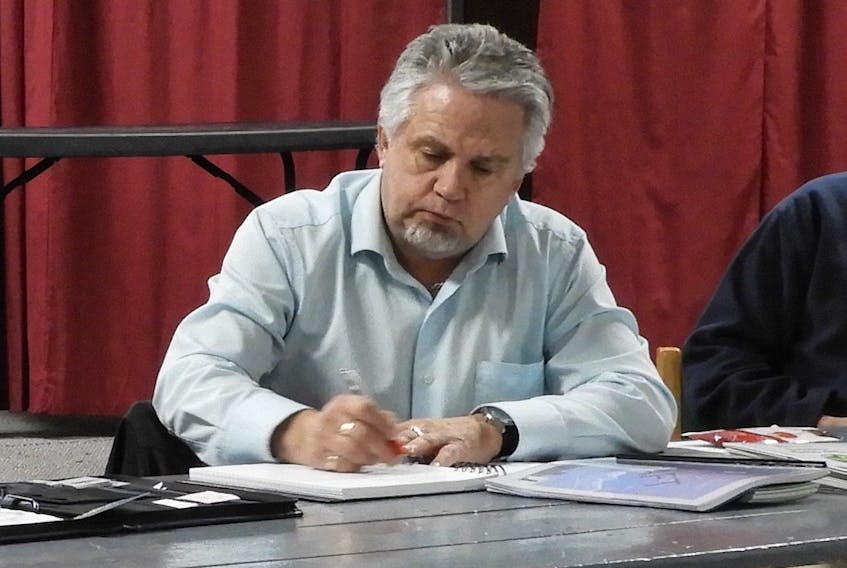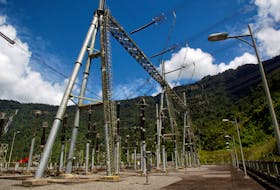DIGBY, N.S. - The Digby area has potential for renewable energy projects, especially in the area of tidal power, according to a local official.
Terry Thibodeau, Renewable Energy/Climate Change coordinator for the Municipality of Digby, was one of the guest speakers at a Dec. 6 public meeting in Bear River. He said Digby has the tools to develop a small-scale tidal testing facility.
“Digby as a port has been identified as a port of choice if, and when, the province moves forward in developing the tidal industry. In 2006, a group out of California produced a study that indicated that Nova Scotia, the Bay of Fundy, Digby gut, Digby Neck sites were the highest producing sites in the world because of the flow rates and because of the types of access to infrastructure that we have.”
Thibodeau added that some people such as fishermen have concerns about tidal energy being a disruptive force to marine life. However, he feels that’s not the case.
“These aren’t turbines that are chopping up fish. They turn at six revolutions a minute, the ones that’s up at the bay.”
Thibodeau also said wind energy is being utilized in the region and has potential to grow. He pointed to two turbines the Municipality of Digby have put to good use - a 800 kilowatt wind turbine and a 50 kw model.
“Obviously, the more wind we have, the more money we make. So if you think it’s windy, just think on the bright side that it’s turning a few turbines for us.”
Thibodeau said a lack of electrical grid capacity in the area could be improved through wind power. He said the transmission line in this part of the province is the weakest across Nova Scotia but Nova Scotia Power is not interested in investing in the transmission line.
“We’re trying to improve how that grid operates and one of the ways we’re trying to do that is energy storage. So our own wind turbines that we own, we’re looking at whether we can store that energy and then release it at a time when there’s no wind as to maximize the efficiency of the grid.”
Thibodeau noted that an improved power grid is important to help the region grow.
“Without an improved grid, it limits our ability to attract industry or businesses that need that type of energy.”
Solar power projects are another renewable energy source Thibodeau said the region can look into. He said the province has a solar program for small communities.
“You provide a business plan to the province and then they will determine what kind of rate you should be receiving in compensation for the solar power you are projecting.”
Thibodeau also discussed several other energy efficiency projects in the region. He noted that the municipality set up a community feed and tariff agreement for an anaerobic digester a few years ago, in partnership with the mink ranching group. An anaerobic digester breaks down biodegradable material and the end result is biogas, which can be used to create electricity and heat.
“That’s a way to help alleviate some of the waste issues that were going on in Digby County. At the moment, we are re-identifying the feed-stock that have to go into it because the mink industry is obviously in a downward slide. So we’re re-evaluating how we put product into the unit and how we generate electricity from it.”
Thibodeau highlighted the conversion of street lights to LED, noting that this program has proven quite fruitful. He said some of the outages were a bit higher than expected during the first year but since then, the issue has been controlled.
He said both the municipality and users will save money in the long run.
“That particular investment is going to save the municipality over a million dollars over 20 years so we’re quite pleased with that.”
And for the homeowner looking to become energy efficient and save money, Thibodeau spoke of the Property Assessed Clean Energy (PACE) program, which is designed to fund clean energy financing for homes.
“We will finance up to $20,000 upgrades to your home for heat pumps, insulation, windows – anything that’s going to improve the energy efficiency of your home.”









